Renée Levi
LA ELLE
17 Sep 2024 - 11 May 2025
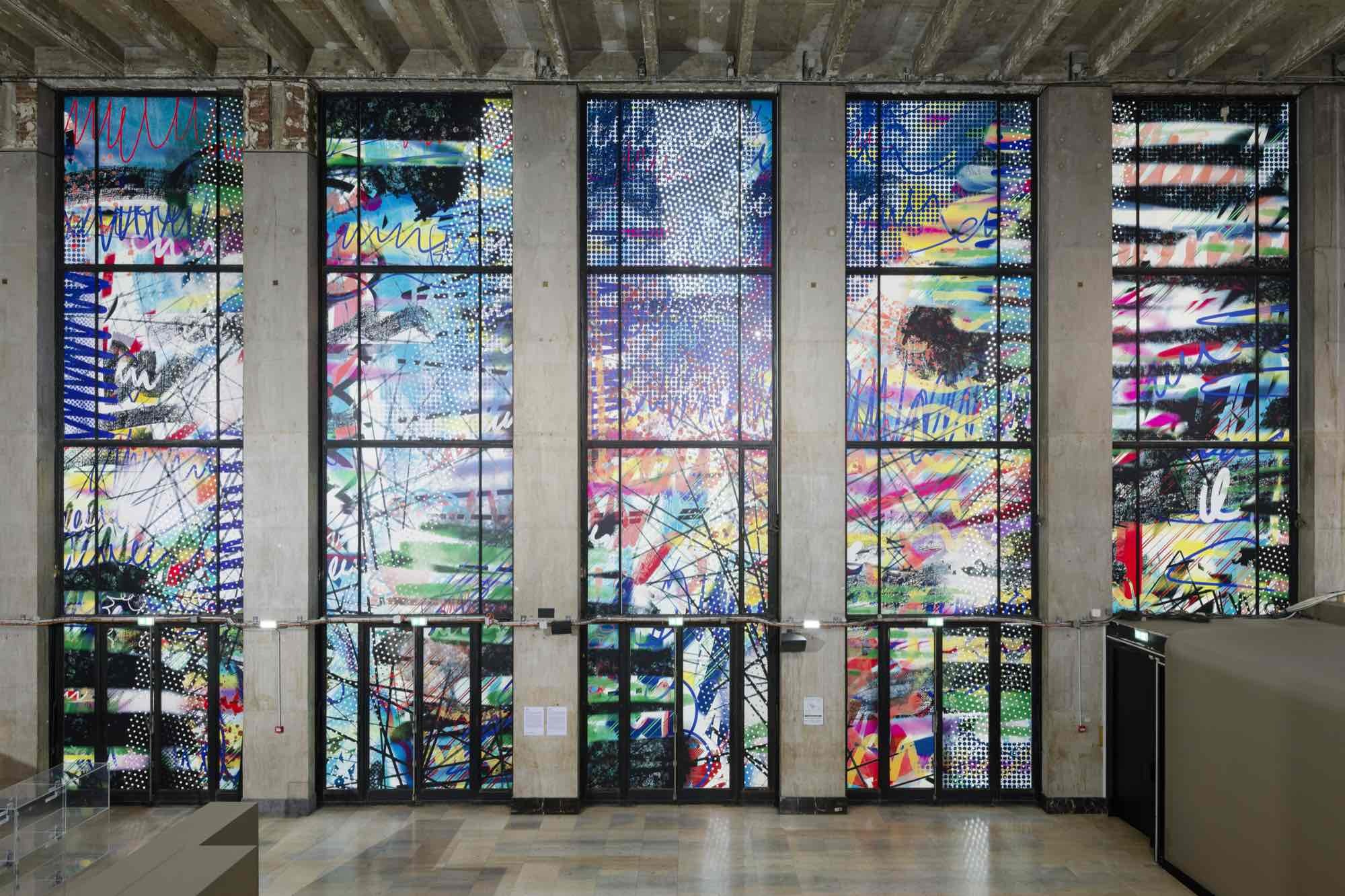
Exhibition view, Renée Levi, « LA ELLE », Palais de Tokyo, 10.17.2024-05.11.2025. Photo credit: Aurélien Mole

Exhibition view, Renée Levi, « LA ELLE », Palais de Tokyo, 10.17.2024-05.11.2025. Photo credit: Aurélien Mole
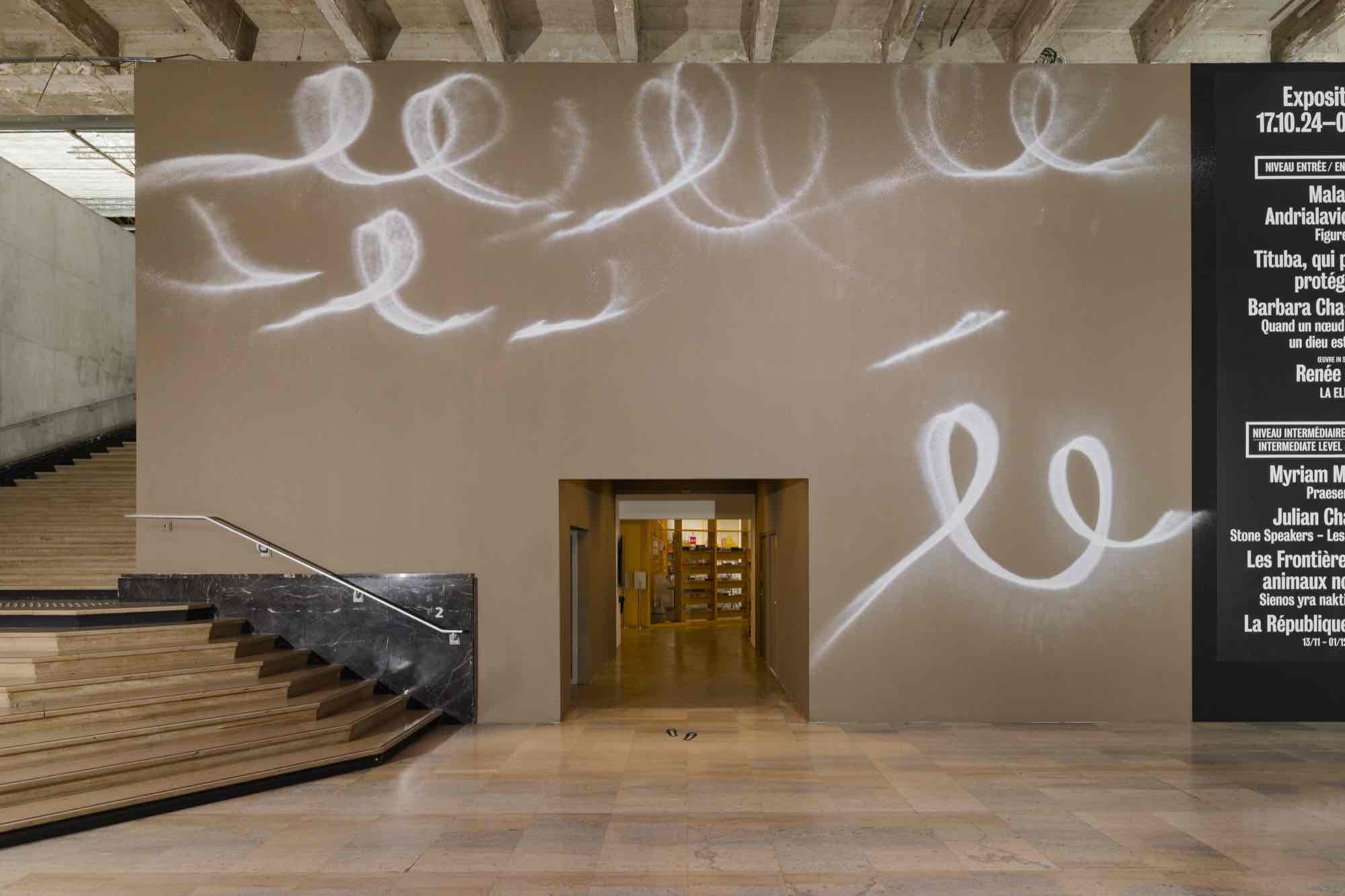
Exhibition view, Renée Levi, « LA ELLE », Palais de Tokyo, 10.17.2024-05.11.2025. Photo credit: Aurélien Mole

Exhibition view, Renée Levi, « LA ELLE », Palais de Tokyo, 10.17.2024-05.11.2025. Photo credit: Aurélien Mole
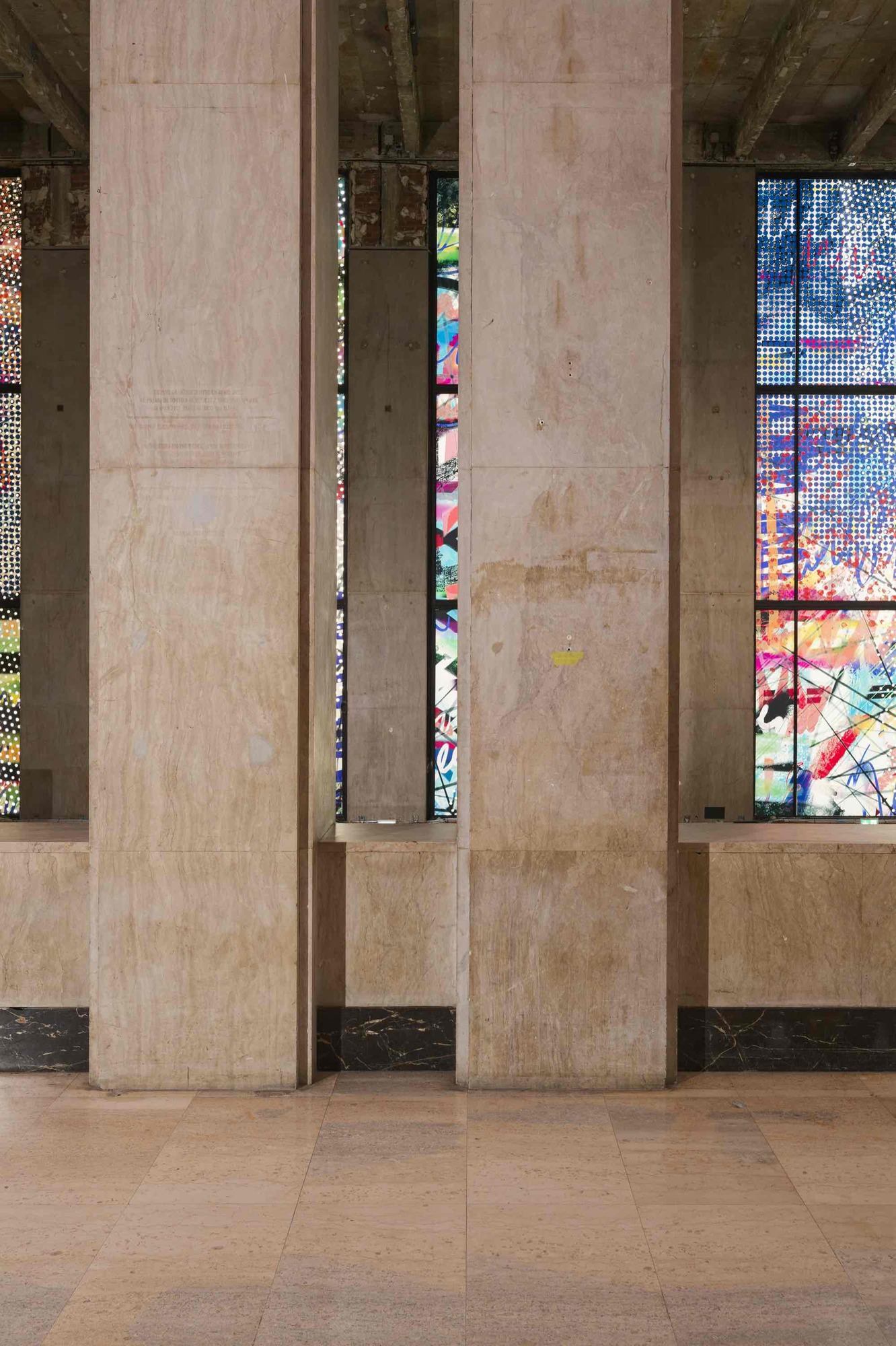
Exhibition view, Renée Levi, « LA ELLE », Palais de Tokyo, 10.17.2024-05.11.2025. Photo credit: Aurélien Mole

Exhibition view, Renée Levi, « LA ELLE », Palais de Tokyo, 10.17.2024-05.11.2025. Photo credit: Aurélien Mole
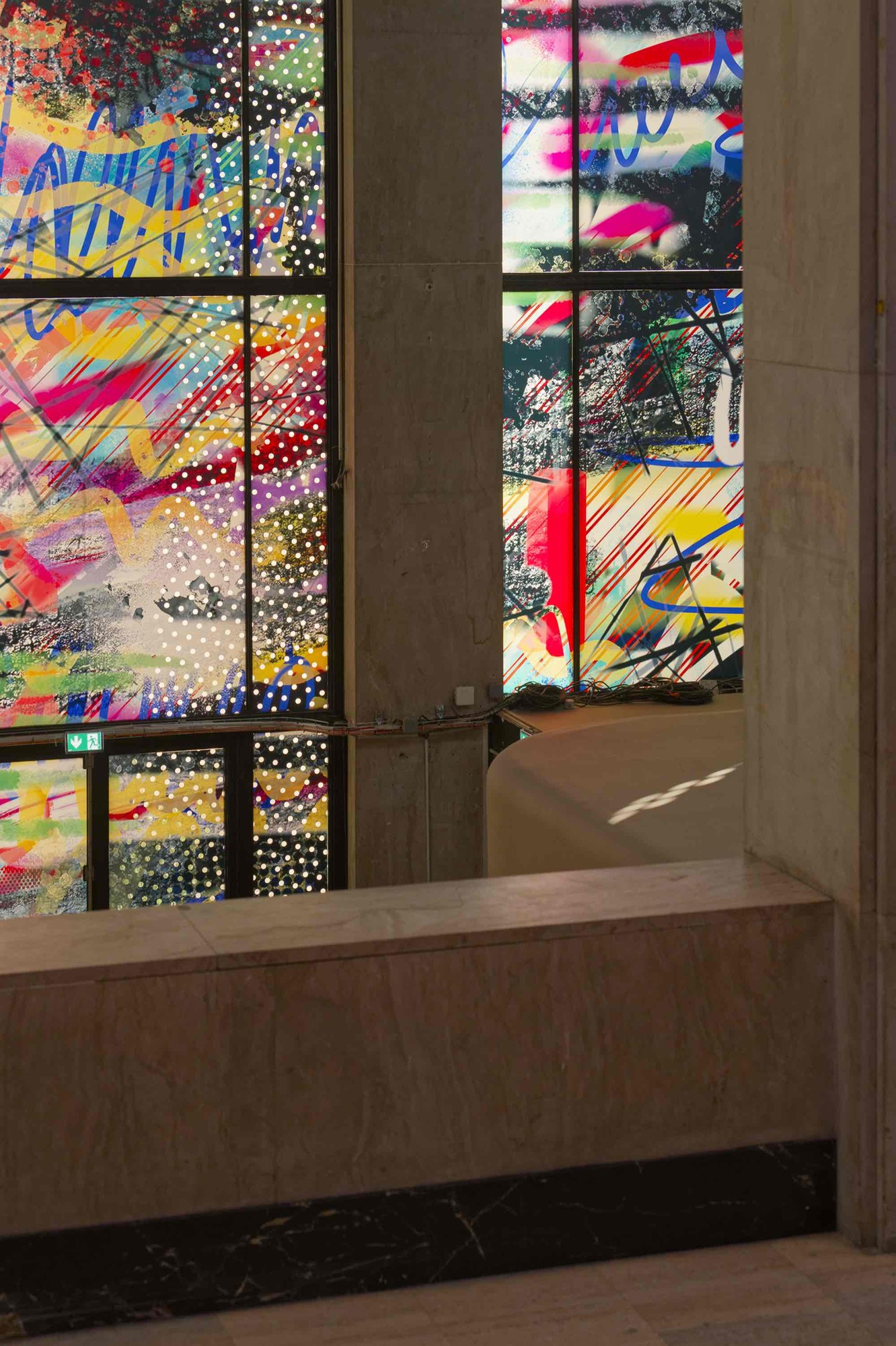
Exhibition view, Renée Levi, « LA ELLE », Palais de Tokyo, 10.17.2024-05.11.2025. Photo credit: Aurélien Mole
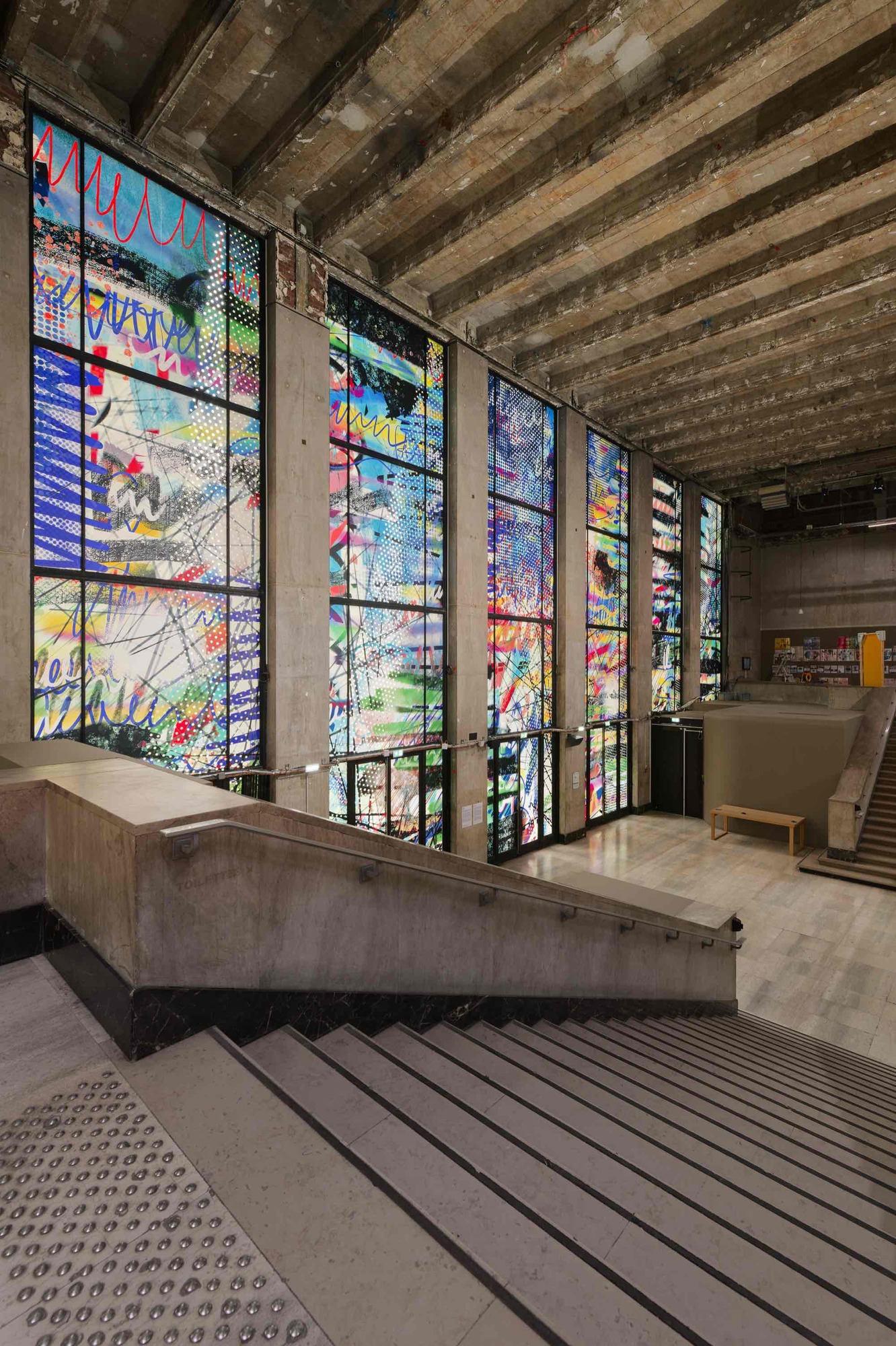
Exhibition view, Renée Levi, « LA ELLE », Palais de Tokyo, 10.17.2024-05.11.2025. Photo credit: Aurélien Mole
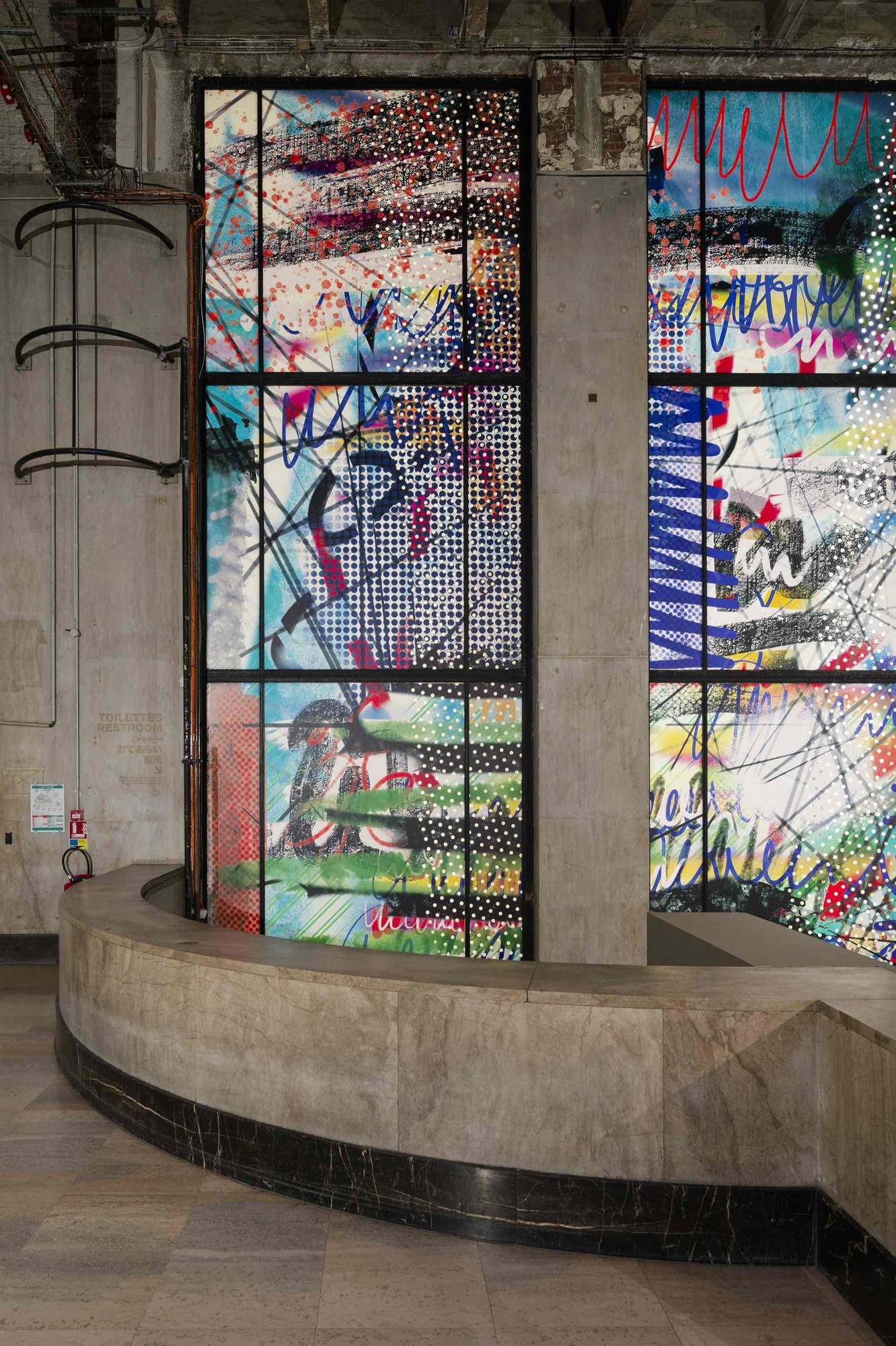
Exhibition view, Renée Levi, « LA ELLE », Palais de Tokyo, 10.17.2024-05.11.2025. Photo credit: Aurélien Mole
The building of the Palais de Tokyo is alive with the memories and the presences of the numerous artistic interventions which have taken place there over the years, ranging from the subtle to the spectacular. The invitation to Renée Levi extends the ongoing history written by these gestures that have shaped the art centre, including those of Anita Molinero, FUTURA 2000, Philippe Parreno, TOILET PAPER and Kate Newby, and casts a new light upon our collective experience of the entrance hall of the Palais.
Responding to an invitation to unfold her painting across La Zone - the freely accessible entrance area of the Palais de Tokyo - Renée Levi simultaneously redefines and expands this space, usually one of passage. Her work consists of an analogue mural painting on the interior walls and a vast, digitally rendered drawing that covers the windows of the building, lending them the appearance of stained glass.On the façade and windows, white becomes a background for colour, while on the walls it is reserved for signs and signatures. Moving between opacity and translucence, crossed-out signs and writing underscore a number of features of their host environment at the same time as they blend into it: the various tones of the stone and marble, the verticality and transparency of the windows, and the raw structure of the building. In places, digital traces shift into pictorial reflections, while elsewhere the vowels of a name swirl into loops of silver or smoke, signs become letters, accents form lines of light, language shift into an abstraction, and the whole constitutes a new language. “Undulation acts as a personal form of feeling and of research,” explains the Renée Levi. “Every repetition marks a moment of life. As I follow this perpetual rotational movement, I appropriate space and time my own.”
In LA ELLE, signs and loops collapse into one another, bursting forth from spray-paint cans, making their way haltingly but unapologetically across surfaces until they find their form in a mythical name formed by the conjunction of two pronouns. “I always feel like I’m speaking in a foreign language - not just in my daily life, but occasionally in the art world, too. My name is a tangible first language. My self hides behind this name, along with others who hide or have hidden there. Names identify, and act as propositions for identification. My name is the foundation of my identity. It bequeaths me family, cultural identity, obligations and responsibilities, but also strength. This name can be inscribed like a sign. We should all be able to read our names as signs, as a kind of fugitive graffiti.”
Curators: Horya Makhlouf and Hugo Vitrani
Responding to an invitation to unfold her painting across La Zone - the freely accessible entrance area of the Palais de Tokyo - Renée Levi simultaneously redefines and expands this space, usually one of passage. Her work consists of an analogue mural painting on the interior walls and a vast, digitally rendered drawing that covers the windows of the building, lending them the appearance of stained glass.On the façade and windows, white becomes a background for colour, while on the walls it is reserved for signs and signatures. Moving between opacity and translucence, crossed-out signs and writing underscore a number of features of their host environment at the same time as they blend into it: the various tones of the stone and marble, the verticality and transparency of the windows, and the raw structure of the building. In places, digital traces shift into pictorial reflections, while elsewhere the vowels of a name swirl into loops of silver or smoke, signs become letters, accents form lines of light, language shift into an abstraction, and the whole constitutes a new language. “Undulation acts as a personal form of feeling and of research,” explains the Renée Levi. “Every repetition marks a moment of life. As I follow this perpetual rotational movement, I appropriate space and time my own.”
In LA ELLE, signs and loops collapse into one another, bursting forth from spray-paint cans, making their way haltingly but unapologetically across surfaces until they find their form in a mythical name formed by the conjunction of two pronouns. “I always feel like I’m speaking in a foreign language - not just in my daily life, but occasionally in the art world, too. My name is a tangible first language. My self hides behind this name, along with others who hide or have hidden there. Names identify, and act as propositions for identification. My name is the foundation of my identity. It bequeaths me family, cultural identity, obligations and responsibilities, but also strength. This name can be inscribed like a sign. We should all be able to read our names as signs, as a kind of fugitive graffiti.”
Curators: Horya Makhlouf and Hugo Vitrani
